Michelle Simone, UC Newsroom
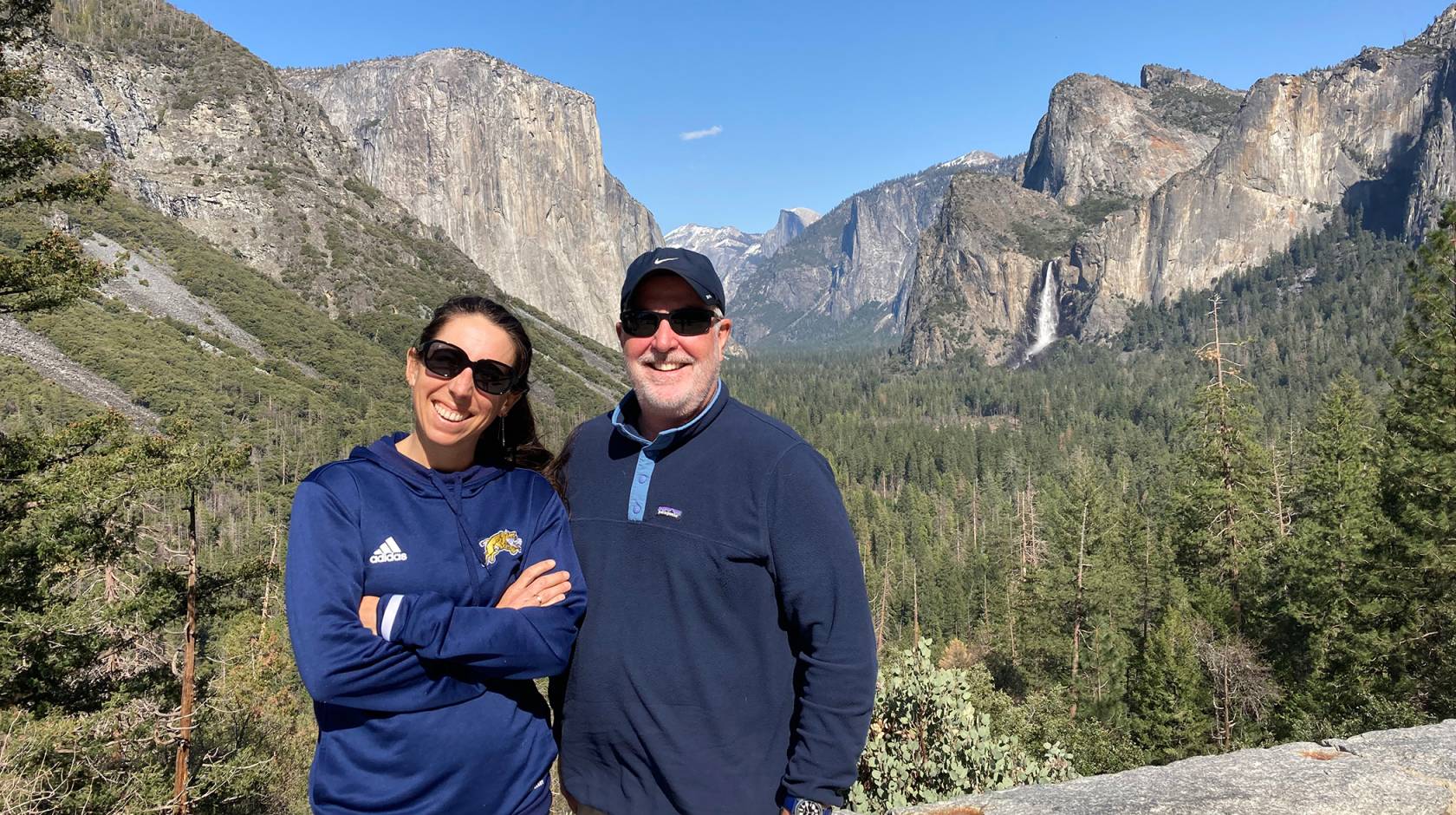
Steve Monfort, executive director of the UC Natural Reserve System shares why biodiversity is the key to our future and how UC’s reserves are its best-kept secret.
Imagine, as a researcher, the value of accessing an array of intact ecosystems, representing the diverse flora and fauna of the Golden State; areas free from urban pressures, where faculty, students and researchers work together to understand and protect the state’s precious natural heritage.
That was the dream of pioneering University of California scientists in the mid-20th century who worked alongside the UC Regents to create the UC Natural Reserve System (NRS). The charge was led by storied biologist, conservationist and naturalist Kenneth S. Norris, who got the idea for the reserve system in the 1960s after seeing one of his field research sites bulldozed to become a motel. As a new faculty member at UCLA, he became aware of other UC colleagues who were losing their longtime field research and field teaching sites to a wave of post-WWII development. Norris presented his idea for a systemwide reserve system to then-UC President Clark Kerr, and later, the Board of Regents. After gaining Regental approval in 1965, Norris partnered with Mildred Mathias of UCLA and Wilber “Bill” Mayhew of UC Riverside to identify and document regions of ecological significance that he believed should be included in UC’s new living library.
In May 1968, Norris published an article in BioScience magazine, in which he wrote, “I toured the state from top to bottom, inspected nearly 90 sites, hiked shorelines, mountains, grasslands and deserts and emerged from it not only with a firm grasp of what is needed, but also with a reaffirmation of the magnificence of our opportunity and the importance of rapid action. Time is short. Habitat destruction is appalling and everywhere evident. Although some habitats are gone, we are generally in time.”
More than five decades later, this vision carries on: The UC NRS has expanded to 41 sites throughout California. It encompasses more than 47,000 acres and represents every major habitat in the state, making it the largest system of natural reserves in the world.
This incredible resource is even more important today, as climate change threatens biodiversity across California and the world and scientists increasingly look to nature-based solutions to the climate crisis.
“At the NRS, we are UC’s front door for issues that relate to nature and nature-based solutions, education and research,” says NRS Executive Director Steve Monfort, Ph.D. “We are always looking for opportunities to collaborate across the UC system; our university’s research engine is uniquely positioned to develop new ideas that can help solve some of today’s most pressing ecological challenges.”
Action for a warming, and less diverse, planet
From the beginning, the work of the NRS has been deeply entwined with initiatives to combat climate change. In the mid-1950s, Charles David Keeling of the Scripps Institution of Oceanography at UC San Diego began measuring concentrations of global atmospheric carbon dioxide, a primary driver of climate change. Within a few years, Keeling’s daily surveys, aka the Keeling Curve, provided clear evidence of the rising buildup of carbon dioxide in the Earth’s atmosphere. This work, and the increasing awareness it brought to the ideas of global warming and climate change, was also likely a concern for Norris, Kerr and others upon the NRS’ founding.
“In 1965, when we were founded, you could see that along with the amount of CO2 in the atmosphere, the temperatures of the Earth and the oceans were rising,” says Monfort. “This in turn was leading to the loss of biological diversity. We were already beginning to push ecosystems to the point where they could no longer function in the way that humankind relies on them to provide us with nature’s benefits, such as clean air and water. Outside the scientific community, many people weren’t thinking about these things. But in the last 50 years, there’s been a global acknowledgment that we’re at a ‘code red’ for humanity when it comes to temperatures rising.”
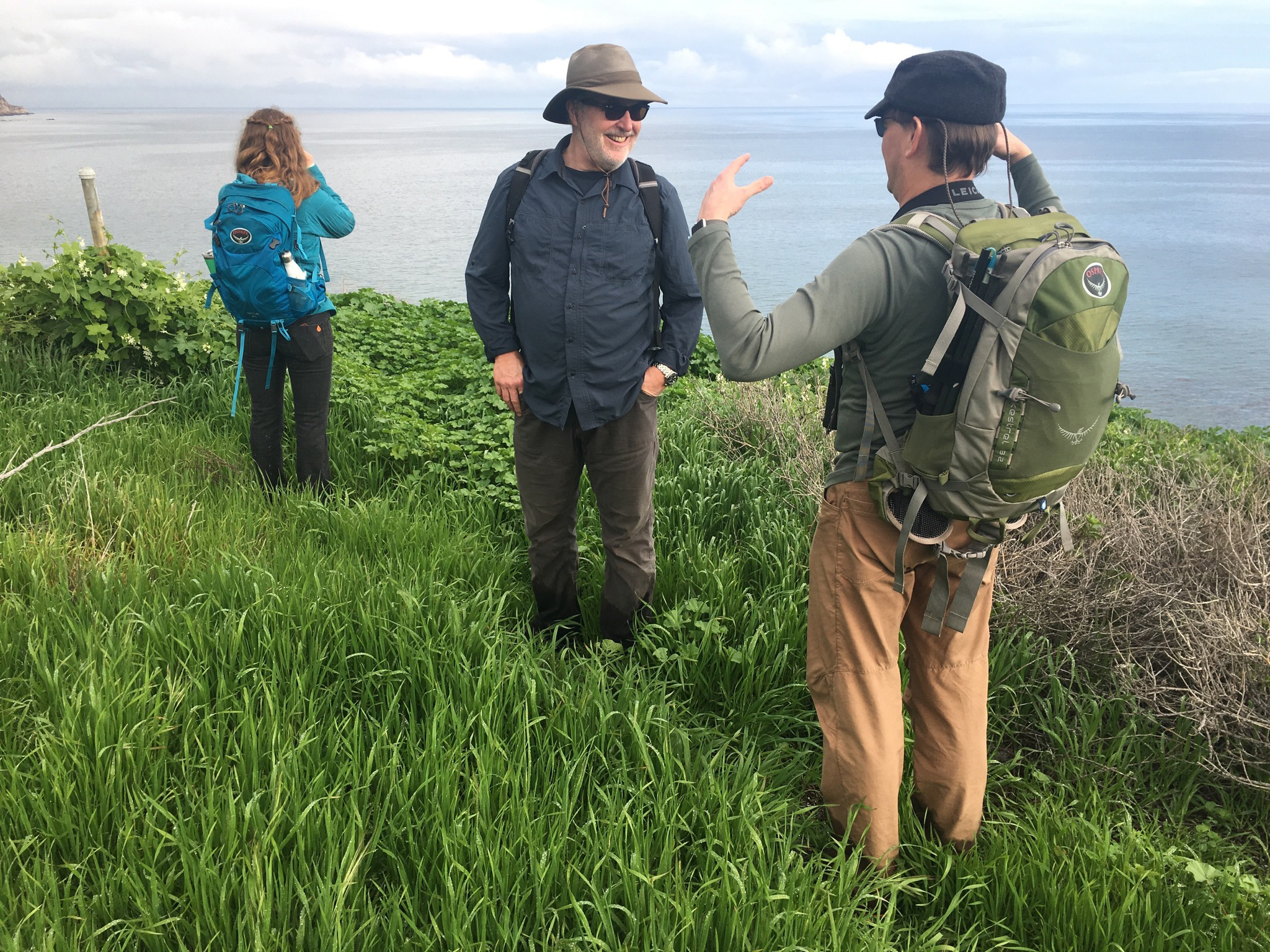
Still, Monfort explains, the way we talk about climate change as a concept can seem hypothetical. It’s difficult to envision what the climate is, let alone what our role is in protecting it.
“Most people’s perspectives on climate and the environment have very little to do with nature. When climate change comes up, scientists and lay people alike tend to focus on things like energy solutions and carbon capture and hydrogen hubs. These ideas are all important, but they are also an abstraction that makes it nearly impossible to wrap your head around what you can do on a tangible level to impact the climate.”
His solution? “Climate and biodiversity should always be part of the same sentence. And this is where the NRS comes in. We get people out in nature, where it’s easy to think about trees, animals, landscape stewardship and the water coming down from the mountains — and how our actions impact the way these systems work.”
“The most threatened biological diversity in the U.S. is in California,” Monfort says. “It’s our job to help make sure that our ecosystems and biodiversity are always part of the conversation. I don’t want to live in a world in which we finally solve climate change and there’s nothing left of the biological diversity that we’re able to experience today.”
Partnerships for a more resilient California
Monfort, who took the helm at the NRS in Nov. 2021, brings to his role an innate understanding of the Golden State and the university, as well as the vast reserves he oversees. He is a native Californian who studied biology at UC San Diego before earning a degree in veterinary medicine at UC Davis, followed by a doctorate in environmental biology and public policy from George Mason University.
Like Norris, he has devoted much of his life and career to research, teaching and conservation. Before UC, he was the longtime director of the Smithsonian Institution’s National Zoo and Conservation Biology Institute, which included a 3,200-acre reserve. In his first year at the NRS, Monfort visited all 41 reserves to experience these lands first-hand, witness the research taking place and meet regional leaders.
He explains that the challenge of leading the NRS has changed. During Norris’ tenure, the focus was on securing lands for research and ensuring their untainted continuance. Monfort has found that one of today’s priorities is to raise public awareness of the NRS so that its work will receive the support it needs to endure for generations to come.
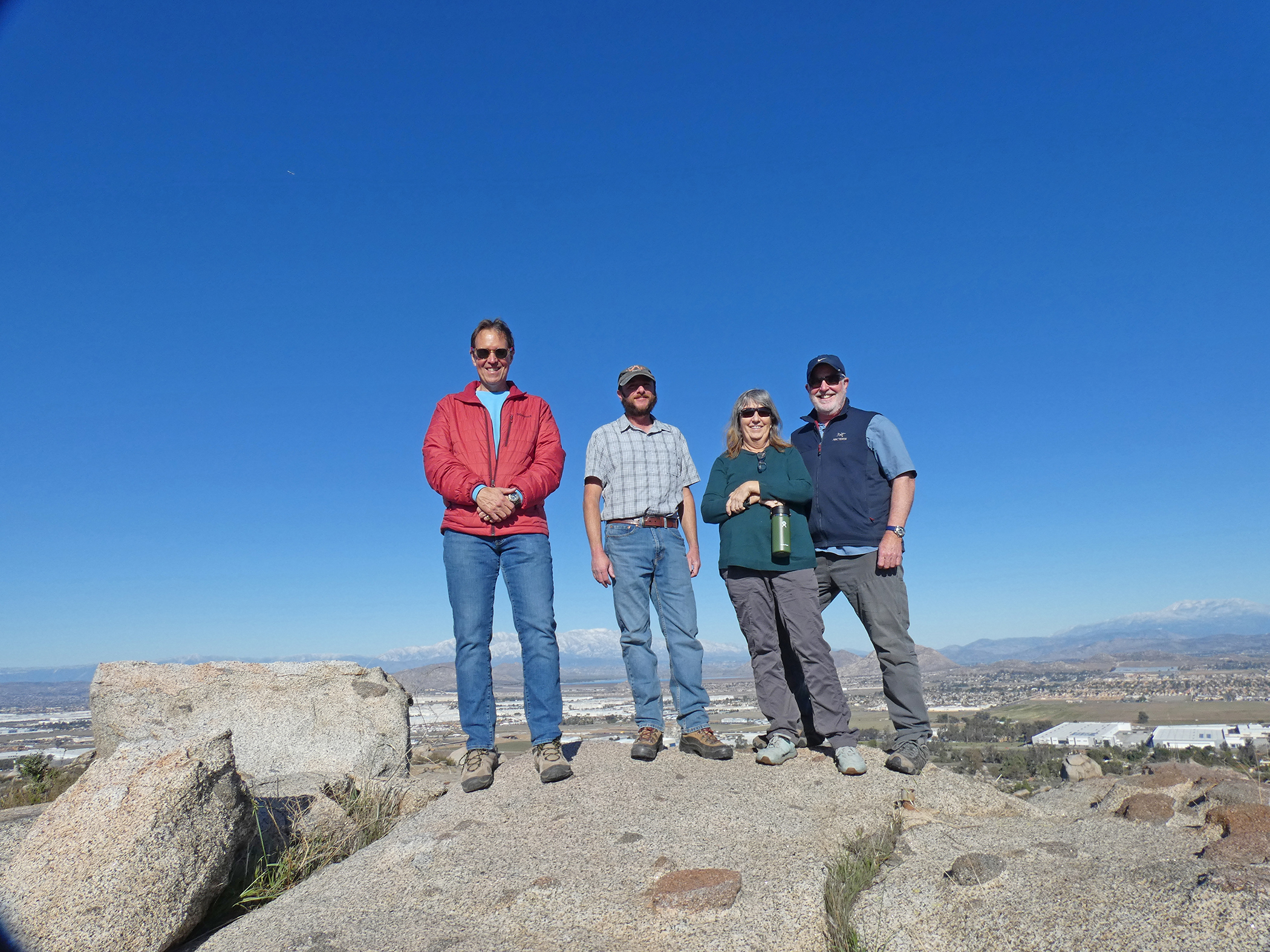
“NRS field sites are in 28 out of 58 counties in California. Many of these areas have no UC campus at all and that can make it difficult for people to understand our role within the community. People ask ‘Why is UC here? What are they doing?’” Monfort says. He hopes to develop more synergies and collaboration to ultimately benefit both community members and researchers. One area that he hopes to develop in particular is that between the NRS and tribal communities and leaders.
“NRS serves as a trustee agency for the state. This means that we have a duty to steward the land appropriately and responsibly. We’re one of only four agencies that have this charge, so we must ensure that we are stewarding the land correctly. To do so, we need to be engaged in the right communities to share knowledge and improve our processes and actions. Tribal communities are key to this and my team is looking forward to expanding our relationships.”
When it comes to state government, on the other hand, the existence of the NRS is both well-known and celebrated. “The state increasingly looks to UC to be a leader. I believe that’s because the problems we are working to address are ‘forever problems,’ like resource scarcity and climate change, that are not going away,” says Monfort. To grapple with these issues, “Californians need ‘forever organizations,’ like UC and the state government — entities that have been here for the long haul and that will continue for the foreseeable future; those that have a vested interest in supporting and understanding nature.
“UC is a powerful ally for Californians, not just in terms of physical resources, but through the intellectual investments we bring to the table. The NRS is an incredible asset and leader in helping to address some of the problems that California and humanity, in general, are facing through our research on biodiversity and ecosystem function,” Monfort says.
As an example, California is working to achieve the 30x30 Initiative — a plan to conserve 30 percent of the state’s land and waters by 2030. “The NRS can play a meaningful role in helping to meet that target by developing a better understanding of how the choices we make impact how our oceans and coastal and inland ecosystems function,” Monfort says. “When the state and UC collaborate, we’re really an unbeatable team.”
Funding for the future
California has provided generous financial support for UC research. Earlier this year, locations throughout the UC system received $15M in grants for innovation and entrepreneurship in support of the state’s climate action goals. Through this program, the NRS received $1M, which it is using to fund five projects with far-reaching implications for Californians.
One initiative will transform the science of observing species in their natural habitat by supplementing in-person observation with cutting-edge technology. Traditionally, to track populations, scientists must travel to a site and record the number of small mammals, insects or birds that they can find over two days in the field.
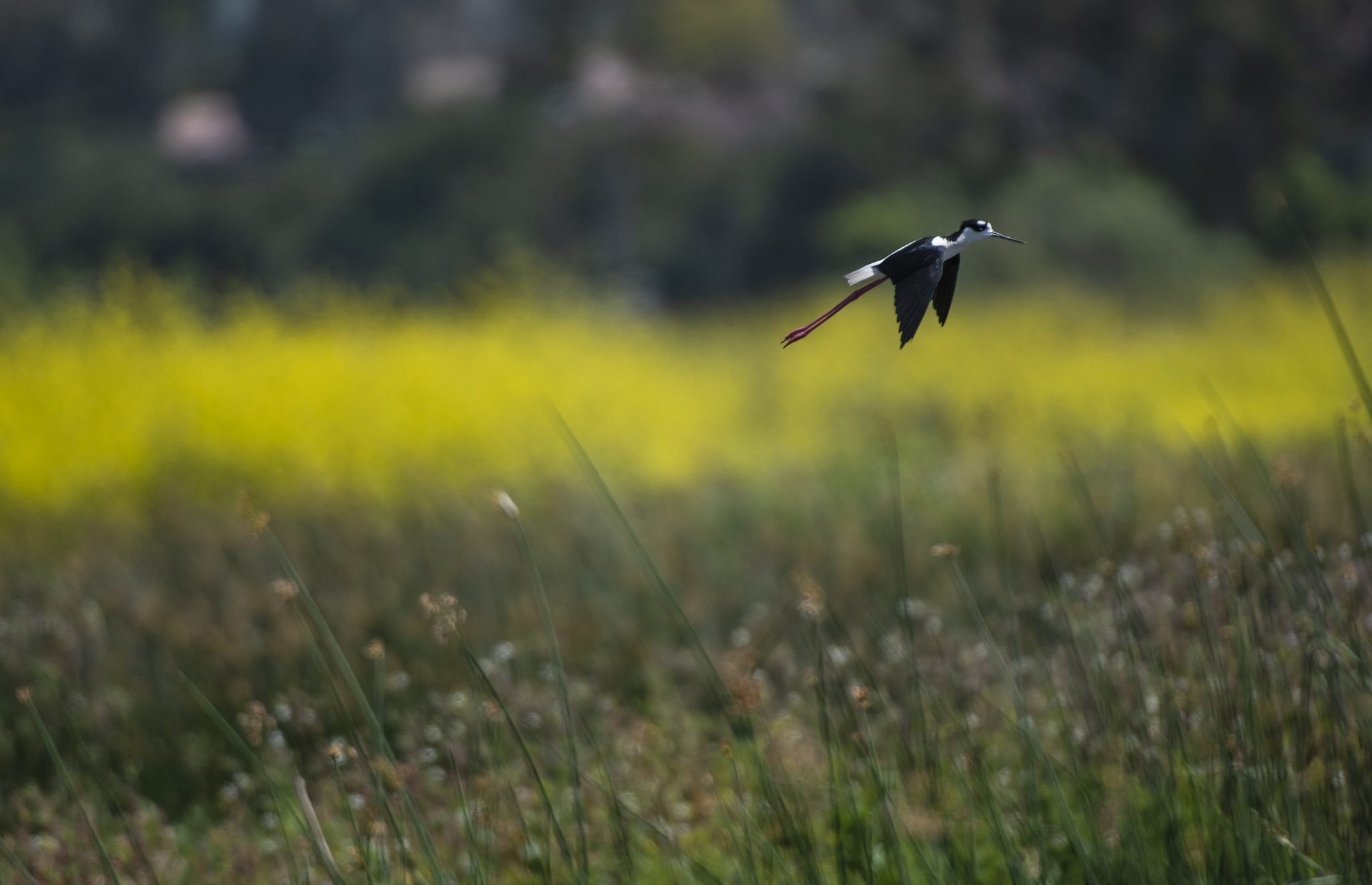
“It’s laborious, and if you need to do it at 80 to 100 sites around the state, that’s an incredibly intensive process,” says Monfort.
New NRS-developed technology uses digital acoustic recorders that can measure bird and bat sounds, paired with artificial intelligence-enabled “camera traps” to record the presence of terrestrial animals in each study area. Using this combination of monitoring devices, scientists can simultaneously document the presence of bird and bat species (acoustic devices), as well as smaller terrestrial species like rodents, reptiles and amphibians (camera trap devices). On-board AI capabilities facilitate species identification, with small packets of real-time data “tweeted” to low-orbiting Swarm satellites and automatically downloaded into a central data repository that scientists can use to track biodiversity over time.
With money from the climate action grant, researchers hope to deploy this technology to monitor wildlife at reserves around the state. These advancements will give researchers unprecedented access to the creatures they study, as the digital devices can do what humans cannot — be present and aware, 24/7, capturing data about the landscapes around them and recording even the most nuanced movements of their inhabitants.
Another project is a toolkit to assess ecosystem resilience to wildfire. It employs drones to collect aerial footage of the NRS reserves that have been impacted by wildfire since 2019 to track the regrowth of chaparral and other plant life. Doing so will allow scientists to better understand which species can regenerate after wildfire and how long it takes various flora to recover their pre-fire levels.
A third program aligns closely with one of Monfort’s lifelong passions: Introducing a new generation of students to the possibilities of a career in the natural world. Based at UC Merced, ¿field curious? invites undergraduate students to participate in a weekend-long immersion event at two reserves managed by UC Merced. The students who participate typically hail from climate-vulnerable communities and have little to no familiarity with field research.
“We bring these students into the field to develop their own sense of agency within nature while creating a feeling of belonging within a learning cohort,” Monfort explains. The goal is not specifically focused on creating more science majors, but to “put people with knowledge about nature in every sector of society.”
Thanks to money from the climate action grant, NRS staff will have the ability to test, validate and document the efficacy of the program. In the future, they hope to share its design with other UC campuses, and even perhaps outside organizations, too. “Nature needs what we have to offer,” Monfort says. “It needs the people that we can produce and encourage, those who will be inspired through their experiences with our living labs and living classrooms.”
Monfort’s first mentor once asked him, “Who are you and what do you want to do with your career?” The experience stayed with him, and today he is eager to ask his students a slightly amended version of this question: “Who are you, why are you here and what’s your dream?”
“I’ve asked this hundreds of times now and the answers can all be collapsed down to these sentiments: ‘I want my life to have meaning. I want to make a difference. I want to be part of something bigger than myself.’ These kids can do great things when we understand their motivation and choose to equip them with the knowledge they need and the opportunity to succeed. It’s our responsibility to build bridges between successive generations so that there’s continuity in the work we’re doing and the progress we’re making.”
Reserves for all Californians
Due to the sensitive research taking place, and the very nature of the reserves as protected environments, they are not generally accessible to casual visitors. But for the nature-curious and naturalists alike, there are many ways to engage with the NRS. Visit the NRS website to read the latest news articles and monthly newsletters, and explore the vast and beautiful online photo archives. You can also locate and contact your closest reserve to inquire about docent and other volunteering opportunities, internship experiences, lecture series and other public events.
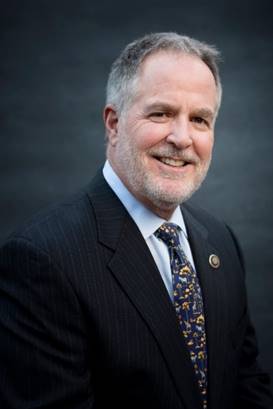
Steve Monfort

